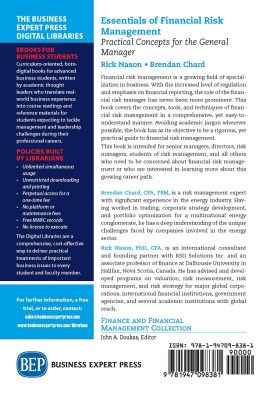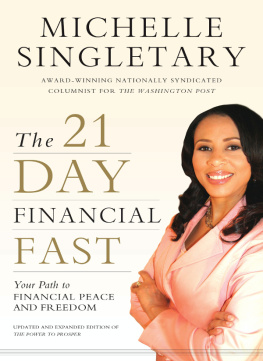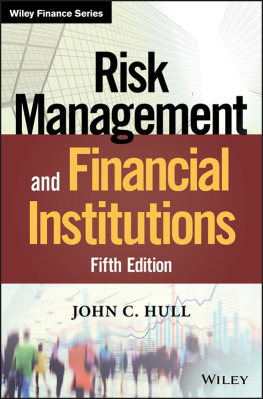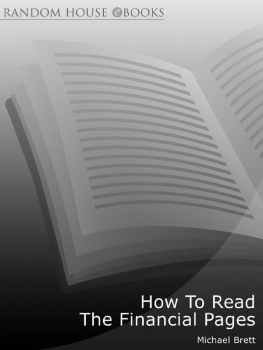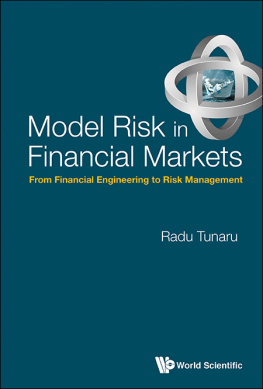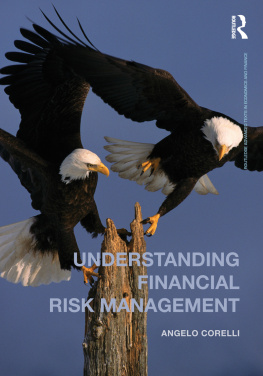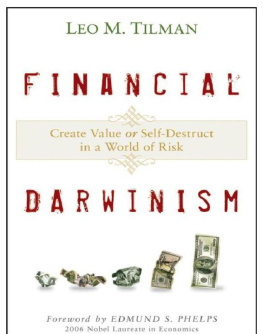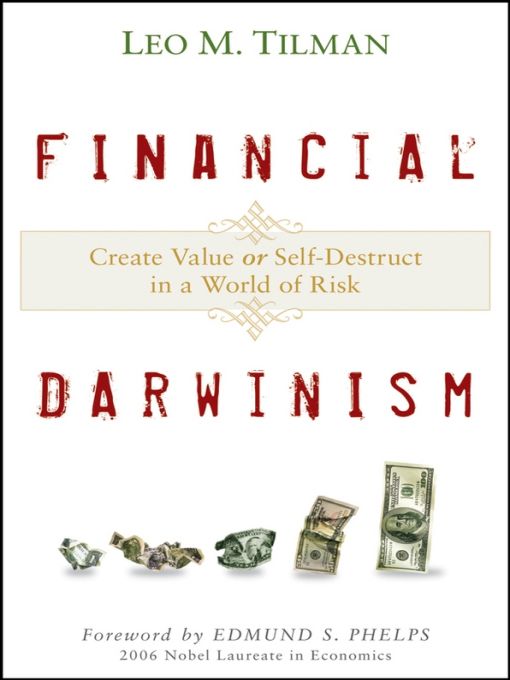Table of Contents
Praise for Financial Darwinism
The worlds political and economic uncertainties, exacerbated by a serious lack of financial transparency, can lead business leaders to feel like they may be virtually flying blind in a rapidly changing global economy. Leo Tilman offers some important tools to address the clear imperative of better strategic and systemic risk management.
William E. Brock
Former United States Senator
United States Trade Representative
and United States Secretary of Labor
History is littered with the wrecks of financial institutions. Some failed to change their strategies. Others pursued tantalizing returns while paying insufficient attention to the risks. Judging from recent financial crises, many financial institutions still have not learned how to avoid crippling, perhaps even life-threatening, wrecks. Leo Tilmans timely book is a navigators manual for managers of 21st-century financial institutions. To prosper, even to survive, Tilman clearly and forcefully shows that they must abandon outmoded strategies, adopt new ones, and pay much more attention to the trade-off between risk and return. He blends theory with experience to show how this can be done, and even how it has been done.
Dr. Richard Sylla
Henry Kaufman Professor of The History
of Financial Institutions and Markets
Professor of Economics
Leonard N. Stern School of Business,
New York University
For Alisa and Owen
Foreword
The great economic theorist at Chicago, Frank Knight, observing American business experience, took the unprecedented position in his 1921 classic Risk, Uncertainty and Profit that most business decisions, especially strategic ones, are to varying degree steps into the unknown. Each of the possible outcomes of a business venture can be considered to have some probability of occurring, but those probabilities are not known to the players. Thus was born the concept of Knightian uncertainty. The great theorist at Cambridge and Knights contemporary, John Maynard Keynes, produced major ideas on the consequences of such uncertainty in his 1921 book Essay on Probability and in his 1936 book The General Theory.
Knightian uncertainty does not stem from some failure to study on the part of decision makers. Rather, it results from the unknowability of some of the conditions, present and future, on which the consequences of the decisions depend. If gamblers keep betting heads or tails, the evolving holdings may be knowable in a probabilistic sort of way. In the world of Knight and Keynes, though, the economic future is, in large part, not even probabilisticit is to an important degree indeterminate. And if the probabilities governing the future cannot be known to a participant, they cannot be known to an outside observer or theorist, either. The driver in Keyness general theory is entrepreneurs intuition about the profitability of investments they contemplate; with their limited understanding, his entrepreneurs can have little idea what the correct expectation of profitability would be.
The heightened uncertainty and indeterminacy in economic life that Knight and Keynes captured came with the rise of the modern economy in the last decades of the nineteenth century. The arrival of finance capitalism, with its restless experimentalism, created economies of dynamismeconomies with a propensity to innovate in ways that prove viable. It is this new dynamism that radically increased the unknowability that the actors in these economies had to confront. Dynamismand the accompanying uncertainty and indeterminacywere virtually unheard of in the so-called traditional economies of the eighteenth century. In those economies, uncertainties seldom intruded except in the case of exogenous forcesthe occasional scientific discovery, a natural disaster, and so forth. In contrast, in the modern economies that followed, new commercial ideasthus elements of unknowability and uncertaintywere generated by the operation of economies themselves. From time to time some businessperson, observing current practice first hand, would hit upon an original idea for a better way to do things. First in Britain, then on a wider scale and with greater force in Germany, and later the United States, finance capitalism generated a torrent of endogenous innovations from the 1860s onward for decadesa torrent that in the United States stretched through the 1930s and has had significant recurrences since.
This economic dynamism, though not measured directly, is manifest in several ways. It injects new kinds of activity into business life: employment in the financing, development, and marketing of new commercial products for launch into the marketplace and a cadre of managers deciding what to produce and how to produce it. It appears to lift job satisfaction and employee engagement. It increases turnover in the ranks of the economys largest firms, as some new firms grow large and displace old firms. Last but not least, it lifts productivity onto a higher (whether or not a faster growing) path. It must be emphasized that rapid growth for a time is not evidence of much or any dynamism; and slow growth for a time is not evidence of a lack of it: Dynamism and growth are not synonymous.
The importance of dynamism in understanding and appreciating the standout economiesgoing back more than a centuryare no secret among economists and business historians. It has been present for years in the pages of Friedrich Hayek, Alfred Chandler, Richard Nelson and Sidney Winter, Roman Frydman and Andrzej Rapaczynsky, Amar Bhide, Virginia Postrel, and some work of mine. Yet the general public has been led to believe the myth that high productivity, wages, and wealth are driven by the great technological advances of unworldly scientists operating outside the nations economy: Columbus, Magellan, Watt, Volta, Faraday, Marconi, von Neumann, Berners-Lee, and the rest. It has to be mentioned that large numbers of economists find it inconvenient to recognize originality and novelty in their formal economic models. Empirically, however, we do not find that productivity growth arrives in great waves, each linked to a scientific breakthrough. Furthermore, looking across countries, we do not see the patterns that the popular myth would predict: There are wide gaps in productivity levels and in some of the other manifestations of dynamism. It is clear that, in many countries though not all, something big is going on besides sciencenamely, ideas for new commercial products and new ways to produce.
Historically, capitalismdespite its many imperfections and episodic malfunctionshas proved the premiere economic system for dynamism. Capitalism is all about commercial innovationthe birth of the idea, the development and marketing, and the adoption. Once key freedoms, supporting institutions and favorable attitudes have evolved, some participants step forward with entrepreneurial proposals, others step into roles as lenders or investors to finance some of these projects, still others, as managers or consumers, evaluate and sometimes make pioneering adoptions of the new products.
Of course, the uncertainty and the learning costs entailed by economic dynamism make business life treacherous, though exciting and challenging. There are hazards in acting without allowance for ones limited understanding. Unfortunately, it has become the style in business decision making to pretend that the economy and the financial markets are well understood and that the pertinent numerical parameters of financial and economic models, including the relevant probabilities, are fully known (or close enough to it). The misadventures of recent timesthe monetary policy blunders, regulatory mistakes, astonishing financial losses, and worldwide systemic financial crisesare dramatic evidence to the contrary.


